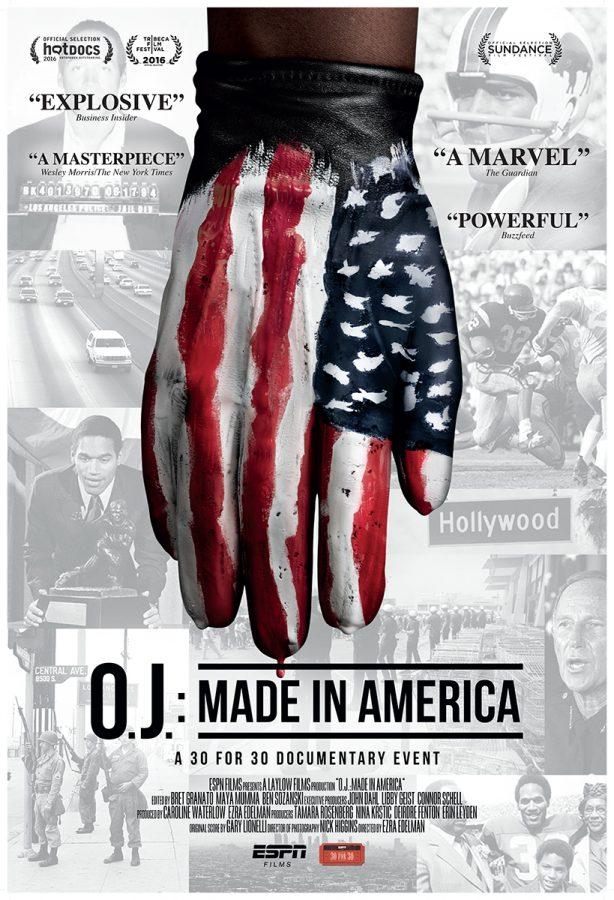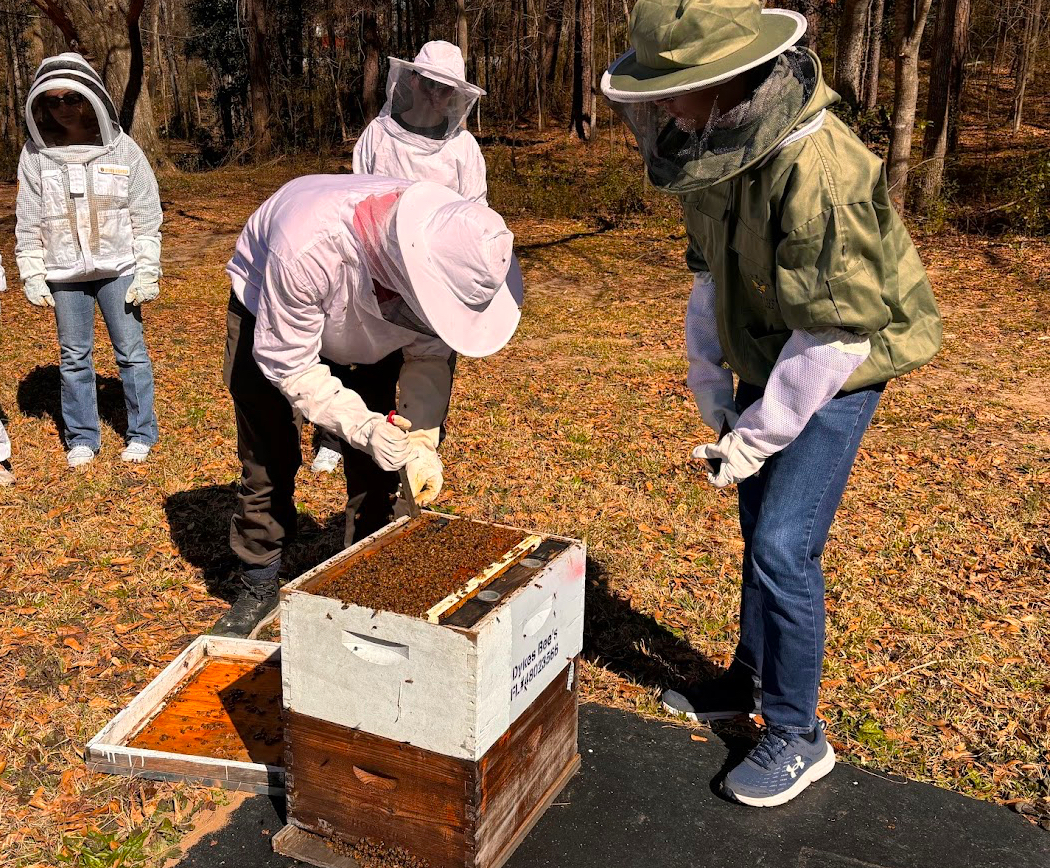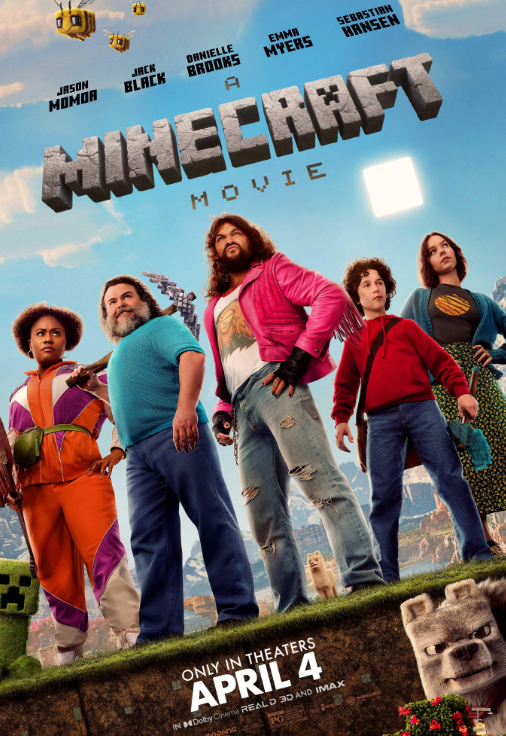When it comes to film entertainment, box office numbers generally indicate an interest in films with a traditional three act structure that isn’t too short and isn’t too long. Most, if not all, blockbusters follow this formula, and consumer markets let them know that it works with their dollar. There is nothing wrong with rip-roaring blockbusters about space samurai or super powered vigilantes, but these films often overshadow smaller, more intimate features, especially documentaries.
“Many people would much rather watch an over-saturated horror flick about a possessed doll than a thought provoking documentary about a small-town legend or a village across the world cut off from technology,” Said Josh Wiggins, a junior majoring in telecommunication and film, who has focused his major into documentary studies.
While box office figures confirm Wiggins’ assertion, documentaries have long served as a haven for those in search of a story steeped in humanity. An example of a documentary that harnesses this potential for intimacy is Ross McElwee’s 1986 film, “Sherman’s March.” The film follows documentarian Ross McElwee on what was meant to be a journey tracing the march of Confederate General Sherman T. Williams, but turned into a personal search for companionship.
“McElwee set off to make a historical piece but ended up filming his experiences with several girls and his relationships with them,” Wiggins said. “The film is just an amazing slice of life of a guy with a camera.”
The seemingly mundane personal exploits of McElwee turn into a highly personal look at human relationships. It is this type of real human experience which enable documentaries to touch viewers on a deeply personal level.
Another facet of documentaries, one which makes them highly important, is their ability to cause social change. A prime example of this is director Kirby Dick’s 2015 feature, “The Hunting Ground.” Dick’s film sheds light on college rape victims and their plight in search for justice. This film particularly resonated with Shelby Anderson, a junior telecommunication and film student and a sexual assault survivor herself. Anderson’s relationship with “The Hunting Ground” serves as a real life example of the potential documentaries have to empower and inform.
“It was a very hard film to watch, but also it was so encouraging to know that my struggle was not unique, which is also a heartbreaking reality,” Anderson said. “I think that’s a really important part of what documentaries do, they remind others that they’re not alone, but also bring light to really important things that may get swept under the rug.”
Despite their striking ability to provoke thought and social change, many viewers are still scared away from documentaries due to a misconception, most likely fostered in substitute teacher-led high school classrooms, that they are boring and overly informational. This misconception has long hurt the marketability of documentaries to mass audiences. Professor Nick Corrao, who teaches many documentary courses and has directed documentaries of his own, recognizes this misconception, but also sees how documentaries have evolved to fight this misconception over time.
“The innovations in cinematic documentary storytelling over the past two or three decades has shifted that [misconception],” Corrao said. “There are docs being made today that are just as entertaining, if not more so, than your run of` the mill blockbuster.”
Two contemporary examples of this evolution are the most recent Oscar winner for Best Documentary, “O.J.: Made in America,” and one of the films it beat out for the award, “Fire at Sea.”
“Both of these films are powerful, beautiful and explore issues and the human condition, but they couldn’t be more different in their form or approach,” Corrao said. “That is the beauty of documentary.”
“OJ: Made in America” is an eight hour epic that chronicles the life of O.J. Simpson, going all the way through his murder trial. Through this story, director Ezra Edelman explores themes of racial, political and judicial injustice in America. “Fire at Sea,” on the other hand, focuses on the Italian island of Lampesuda which has found itself in the heart of the European migrant crisis. Director Gianfranco Rosi uses the personal lives of these islanders to give an intimate look at a crisis across the world.
“[‘OJ’] uses contemporary and archival interviews to tell the story,” Corrao said. “[‘Fire at Sea’] is what we call an ‘observational’ or ‘cinema verité’ style documentary where the lens of the camera watches as characters interact with each other and their environment.”
Documentaries have found a home to flourish through streaming platforms such as Netflix and Amazon Video where documentaries like “Making a Murderer” and “13th” have released to larger audiences and massive acclaim. Wider access to these films for audiences has caused many to see the films’ potential for eye-opening and important stories.
“Cinema in general, as all art does, allows us to form a greater understanding or line of questioning of who we are and why we are here,” Corrao said. “Documentaries allow us to do this through the stories and experiences of actual people, and they open our eyes up to new realities.”
All of the documentaries listed in the story are available to stream online through Amazon, YouTube or VUDU.









